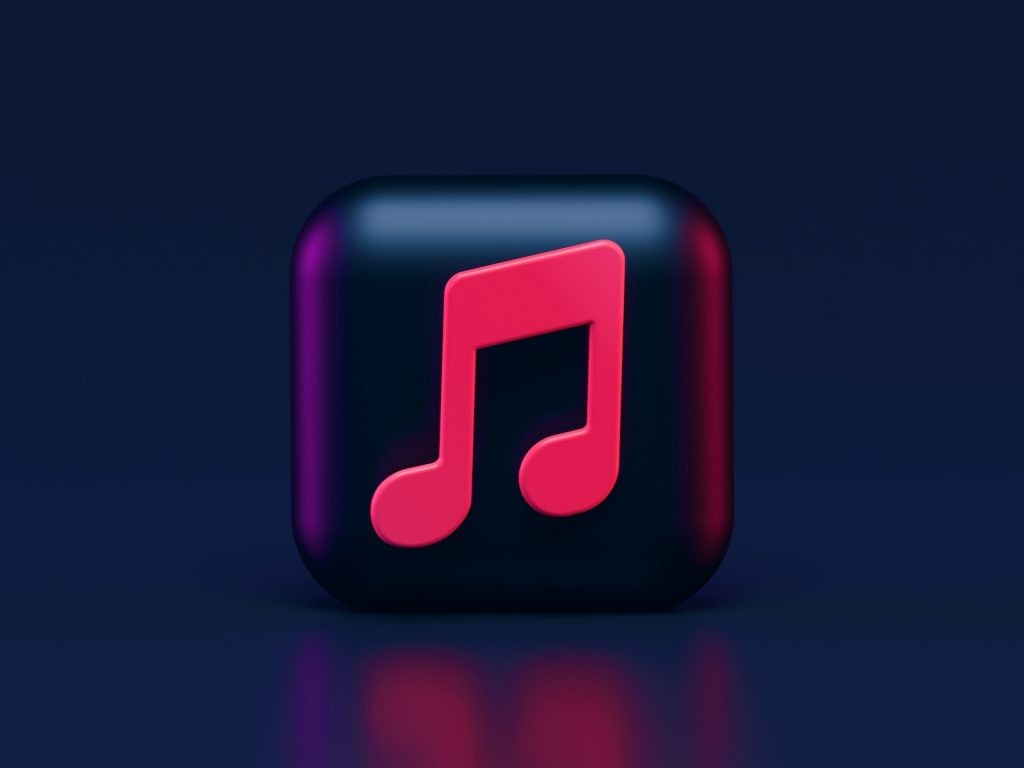Dealing with Removed Music on Apple Music: A Step-by-Step Guide

Introduction
Apple Music, a well-known music streaming platform, routinely removes songs from its music library for various reasons. This might lead to the user's favorite songs being unknowingly removed from their library. The process behind why and when Apple Music removes songs from its libraries involves multiple factors.
Explanation about Why Songs Are Removed from Apple Music
Apple Music is subjected to licensing agreements with music rights holders. These agreements dictate how long a song or album can be available on the platform. Consequently, if there's any issue regarding these licenses, the corresponding songs might be removed from Apple Music.
Furthermore, an artist's reputation and actions can affect their music's availability on the platform. Controversial artists might face removal from the platform, leading to their songs being taken off Apple Music. For instance, their discography may be removed following controversies or broad disgrace. This preserves the ethical standards and reputation of Apple Music as a streaming platform.
Mention of Spotify's Similar Instance
Concerning the scenarios above, it is worth noting that Spotify, another prominent streaming service, has faced a similar situation. Last year, the service lost a significant part of its music collection when Neil Young's discography was removed. This action protested Spotify's association with podcaster Joe Rogan, highlighting how relations and associations can impact music availability on such platforms.
Sign into Music on Mac
One of the ways to find out if any song has disappeared from your APPLE MUSIC library is by creating a smart playlist, a feature available on Mac. The first step to utilize this feature involves confirming your signed-in status on the Music app. Hence, the need for a Mac comes into the picture. Unfortunately, you can't create or edit smart playlists on an iPhone or iPad, thus the necessity for a Mac.
Need for Access to a Mac to Create a Smart Playlist
To verify if Apple Music has removed any of your favorite songs, you need access to a Mac to create a smart playlist. iPhone users are restricted because the feature to create or edit these playlists is unavailable.
Steps to Confirm Signed-In Status
The process of confirming your sign-in status in the Music app on Mac is quite straightforward. You need to open the Music app and click on the Account menu. If your name appears at the top, you're already signed in. If not, you must sign in by clicking the Sign In option and entering your Apple ID and password.
Creation of a Smart Playlist
Creating a smart playlist is a reliable strategy to determine whether or not a song in your Apple Music library has been deleted. Smart Playlists in Apple Music automatically update based on the filters you set. In this scenario, the playlist will update with songs removed from the platform, enabling you to see which songs are no longer available at a glance.
Steps to Create a Smart Playlist with Cloud Status and No Longer Available Settings
Creating a smart playlist on Apple Music requires a Mac. Once you have verified your sign-in status, as explained earlier, click on File in the menu bar and navigate to a new smart playlist. The shortcut for this command is using Option-Command-N (⌥⌘N) using your keyboard.
In this playlist setting, you need to adjust certain parameters. First, change the dropdown menu from "Artist" to Cloud Status. This selection is crucial because it allows the playlist to filter songs based on their status in the cloud. Next, adjust the third dropdown menu that says "Matched" to No Longer Available. By doing so, the playlist will automatically add songs no longer available in Apple Music's cloud.
Ensure that "Match for the following rule" and "Live updating" are checked. This ensures the playlist stays updated with songs matching your set's rules.
Naming the Playlist
Once you've set up the smart playlist properties, click OK. The final step involves giving your playlist a meaningful name that signifies its purpose and contents. This could be "Removed Music" or "No Longer Available," providing a clear indication of the playlist contents.
Dealing with Removed Music
Resolving the issue of favorited songs being eliminated from your Apple Music library requires some alternative steps. If multiple songs have been removed from your list, you have several options to restore the music. These processes involve purchasing music from iTunes, manually adding MP3 files to your library, or exploring other streaming platforms.
Buying Music From the iTunes Store
If your favorite tracks have been erased from Apple Music, you can always buy them from the iTunes Store to keep enjoying them. When you purchase from iTunes, your bought music stays available in your library within the same Music app, ensuring the absence of any disjointed experiences.
Manual Addition of MP3 Files Into the Music App and Correction of Missing Information
When you already possess the music files in an MP3 format, the Music app allows a click-and-drag interface to re-add the music into your Apple Music library. However, the added files might be missing details like the album title, album artwork, release year, genre, etc. Click on Get Info to fill in these details and fully restore the songs. The app allows editing the song details if they are missing. All edits you make sync across your music library, ensuring consistency across all platforms.
Availability of the Song on Other Platforms
Despite removing certain songs from Apple Music, streaming services like Spotify, Amazon Music, or YouTube Music might still have the music you want. No streaming service can claim a perfect listing of all musical tracks in an ever-changing music world. While every platform might pose the risk of removing songs, Apple Music provides easy ways to identify removed tracks and offers solutions to deal with their absence.